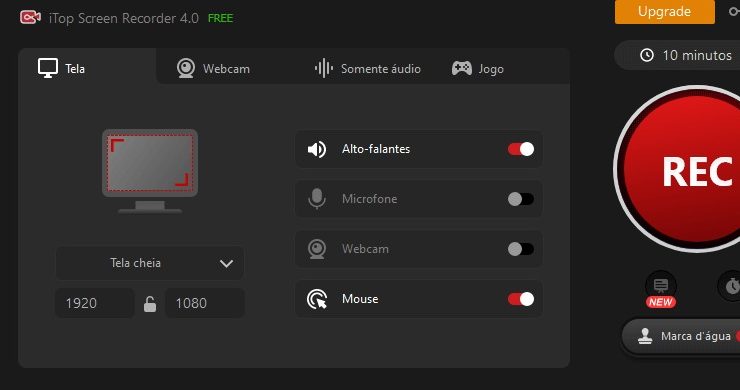
Thanks to the capabilities of cloud-based technologies, remote and hybrid working is now possible. Not only this, but many people feel that it is the future of business. Ever since the COVID-19 pandemic forced businesses around the world to leave their offices and start working remotely, there has been a big shift in the way professionals and organisations engage with technology, which has been reflected in the way tech companies have changed their priorities.
An example of this is how Microsoft began to lean into the remote & hybrid working trend, and begin developing new capabilities and solutions for their flagship suite of products – Microsoft 365 – so that it was better equipped to support remote businesses. We spoke about this with a Microsoft Solutions Partner based in London, TechQuarters, who have been providing business IT support London-based companies have been relying on all throughout the COVID-19 pandemic, and long before that, too. They described how the Microsoft 365 apps empowers remote collaboration.
Microsoft 365: What Apps Are Included?
Most people will be familiar with at least some of the apps included in Microsoft 365 – which is primarily a suite for office productivity, giving businesses the capabilities they need to work efficiently and productivity on a day-to-day basis. Microsoft Word, Excel and PowerPoint are probably the most well-known products in the Microsoft 365 suite, but they are just the beginning of what Microsoft 365 has to offer for businesses looking to work remotely. When we spoke to TechQuarters about it, they pointed out some of the key apps in the suite that make remote collaboration with M365 so effective:
-
Outlook
The first and most obvious app to look at is the Microsoft email client, Outlook. This is because communication is crucial to remote work, and perhaps the most common (and oldest) channel of communication in business, besides telephony, is email. Outlook is more than just an email client, however – it has a very good Calendar built into it, as well as a powerful Contacts interface, and a Task management interface that automatically loads tasks from emails.
Outlook also has a convenient app launching bar, where you can click on an app icon and it will be launched on your desktop. It is these types of small features that make the flow of work more streamlined, which is useful for people working remotely.
-
Teams
Email is not the only form of communication used in business, and Microsoft Teams is the app that covers all the other main channels that an organisation is likely to use. With Teams, users have access to instant messaging, video conferencing, and business telephony (in the form of VoIP and PBX support). Between Outlook and Teams, Microsoft 365 offers unified communications for businesses.
Teams is not just about communication, though; it is regarded as a complete collaboration solution, as it integrates with a number of the other apps in Microsoft 365. For example, it is connected with all the cloud-storage solutions that Microsoft offers (OneDrive & SharePoint), meaning that documents from storage can be loaded directly in Teams. Furthermore, it also supports the creation and editing of content – so users could create a new Word document, or open an existing one in Teams, without having the launch the main app.
-
OneDrive
Flexible, secure storage is very important for remote workers. It doesn’t do any good to have files tied down to an on-premises infrastructure, where it will be harder to access remotely, and more vulnerable if one does access it remotely. This is why cloud-based storage has become integral to remote working; it means that users have uninhibited access to their files, but can also rest assured that their data is not vulnerable (because public cloud providers like – like Microsoft – afford high-level security for their infrastructure).
With OneDrive, users get 1TB of personal cloud storage – equivalent to the amount of storage most devices have internally. This means that users can manage all of their documents from any location, on any platform, at any time.
-
SharePoint
Microsoft 365 has another cloud-based storage platform – but one that is much more powerful, with broader set of capabilities. SharePoint is often used by businesses for shared storage – for instance, department sites, project sites, etc. The platform is essentially a cloud-based ethernet solution, allowing businesses to easily and securely share information with the entire company, just a department, or just a team – so you can see why it is a valuable resource for remote businesses. Many businesses recruit the help of a Microsoft 365 consulting professional like TechQuarters, because SharePoint is a highly customisable platform; it is easy to learn the basics, but there is a lot to explore and discover with it, so it is often advisable to work with a SharePoint expert.






